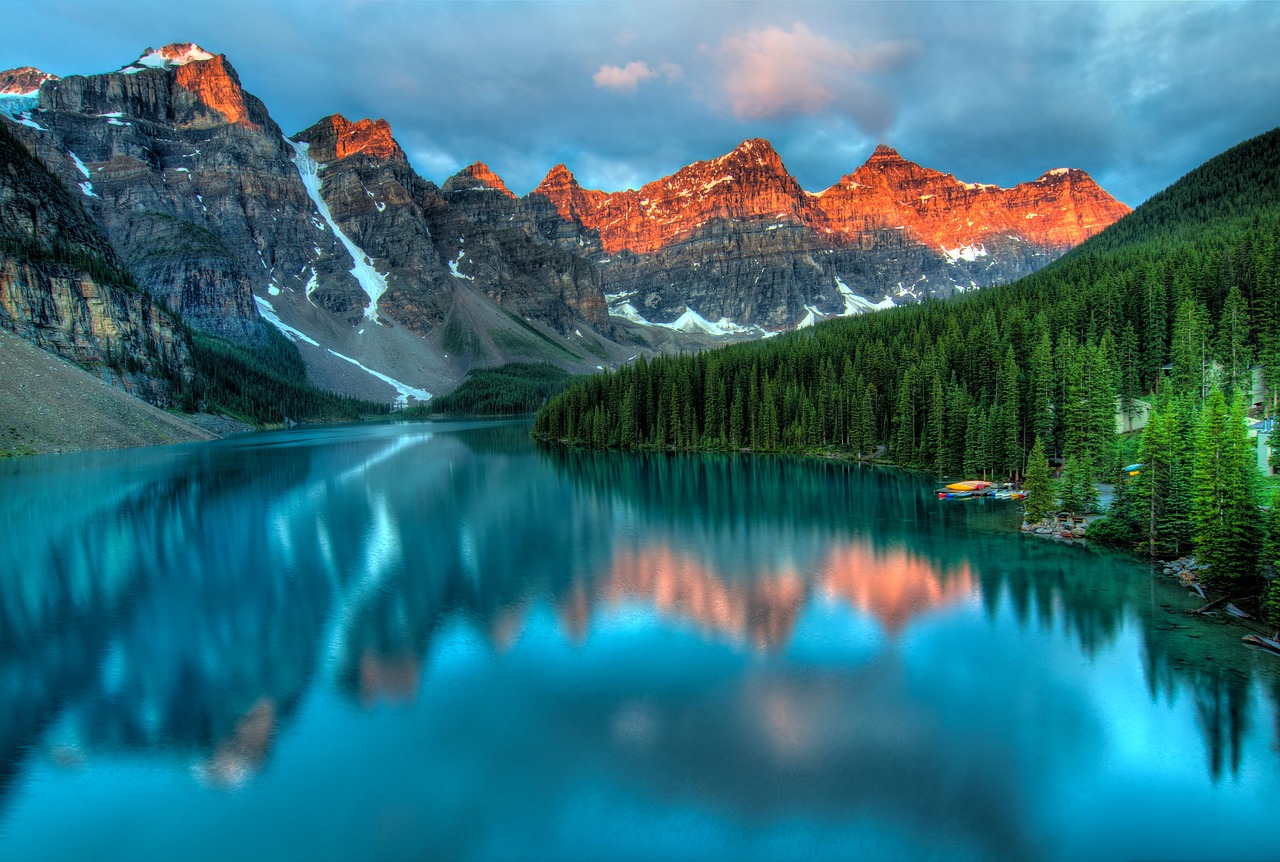According to the planetary boundaries framework, anthropogenic alteration of the nitrogen (N) cycle is one of the major challenges facing the Earth system. This study starts from the premise that human activities have at least doubled the levels of reactive N (Nr) available in the biosphere, resulting in deposition of Nr in or near heavily populated areas as well as remote ecosystems.
The N cycle is best described as a modular and complex network of biological N-transformation reactions carried out by metabolically versatile communities of microorganisms, whose overall composition largely determines whether N is lost, via denitrification or anammox, or retained in the system via dissimilatory nitrate reduction to ammonium (DNRA).
Within lakes, benthic habitats are known as hotspots of N cycling due to steep redox gradients in the sediments and biofilms (). Furthermore, the presence and composition of macrophytes also influence the biogeochemistry of the sediment (). In particular, isoetid species oxygenate the sediment and may promote coupled nitrification-denitrification (). However, the effect of increased N deposition on the N-cycling microbial communities, and the factors controlling their distribution are poorly understood in mountain lakes.
The study aims to investigate how the distribution of microbial communities in general and those that drive different N-transformation pathways changes across a range of different benthic habitats in mountain lakes that have been affected by enhanced N deposition in the absence of significant acidification (Camarero and Catalan, 1998). It is hypothesisesed that benthic habitat type and lake productivity together determines the fate of deposited N and that increased productivity will promote pathways resulting in Nr loss. Lakes at lower altitudes tend to be more productive, particularly if they are small since the productive period is longer (Catalan et al., 2009) and phosphorus loading to the lake increases as the catchment is more vegetated (Kopàček et al., 2011). In the Pyrenees, more than 70% of the lakes are considered ultraoligotrophic based on total phosphorus (TP; <150 nM), whereas 22 and 6% are oligotrophic and mesotrophic, respectively (Catalan et al., 2006). In general, more productive oligotrophic mountain lakes exhibit low dissolved inorganic nitrogen (DIN) concentrations due to higher consumption of excess N from atmospheric loading by primary producers (Camarero and Catalan, 2012). Therefore lakes were selected to establish a DIN gradient and sampled lithic biofilms, sediments with elodeid, isoetid and helophyte macrophytes, and littoral and deep non-vegetated sediments (Figure 1). It was then characterised the N-functional pathways by quantifying the abundances of key N-functional genes involved in denitrification, nitrification, DNRA and anammox pathways (Table 1). The bacterial community composition in the benthic habitats was determined and linked these to the functional guilds using a multivariate approach combined with indicator species analyses. The environment was characterised by including proximal (benthic) and more distal (lake) descriptors to capture potential drivers acting at different spatial scales (Wallenstein et al., 2006; Battin et al., 2016).
The N-transforming guild composition in benthic habitats of mountain lakes is complex and deeply embedded in the overall prokaryotic community. There is a high positive correlation among all the genes, and they all generally increase with OM. The dominant pathways change depending on the habitat and productivity of the lake (Figure 7). The fate of nitrite is the main diverging point differentiating the N-transforming guilds. The genetic potential for DNRA dominate in the deep part of the lakes and the lower sediment layers, which indicates recycling of the Nr. By contrast, the denitrifying nirS nitrite reduction potential prevails in the upper layer of the sediments in the shallow, warmer and more productive lakes, which indicates a loss of Nr. Emissions of N2O and N2 are likely spatially segregated within lakes, with lithic biofilms being candidates for preferential N loss as N2 as they show a more balanced gene abundance of nitrous oxide reductases (nosZI+II) and anammox (hdh) in relation to NO-forming nitrite reductases (nirS+nirK). The more productive and nirS-dominated habitats may be a main source of N2O because of the striking excess of this gene over the ones of the final steps of complete denitrification unless another bypass process is relevant (e.g., N-DAMO). There may be two types of nitrifying-denitrifying coupled community types in the benthic habitats of mountain lakes. The first is based on nitrification by AOA coupled to Nitrospirae (NOB) and denitrification by nirS-denitrifiers, with hotspots in the rocky littoral sediments of the lakes above treeline and the sediments near the isoetid rhizosphere. The second includes AOB coupled to nirK-type denitrifiers reducing nitrite and nosZI-N2O reduction in the lithic biofilms. Overall, the results point out two types of potential response to high atmospheric N deposition in these lakes. In highly oligotrophic lakes, there will be an accumulation of Nr because of the predominance of internal Nr recycling via DNRA. In less oligotrophic lakes, generally with macrophyte growth, the Nr deposition loads may be more effectively directed toward N gas release to the atmosphere via denitrification.
CITATION
Palacin-Lizarbe Carlos, Camarero Lluís, Hallin Sara, Jones Christopher M., Cáliz Joan, Casamayor Emilio O., Catalan Jordi. 'The DNRA-Denitrification Dichotomy Differentiates Nitrogen Transformation Pathways in Mountain Lake Benthic Habitats' Frontiers in Microbiology (2019)
https://www.frontiersin.org/article/10.3389/fmicb.2019.01229







